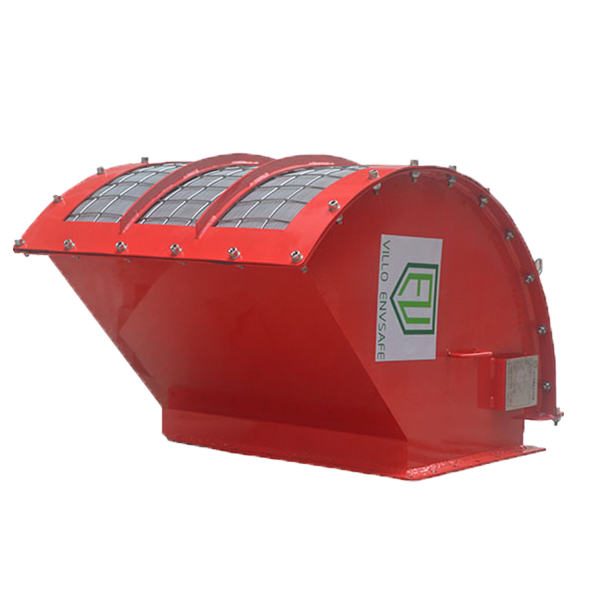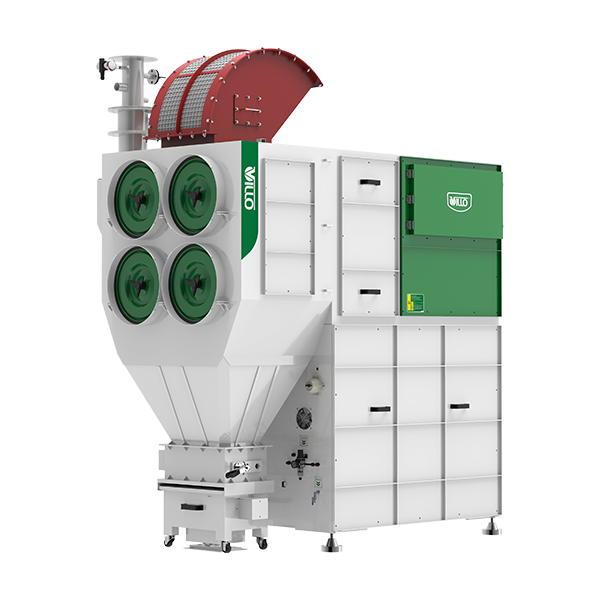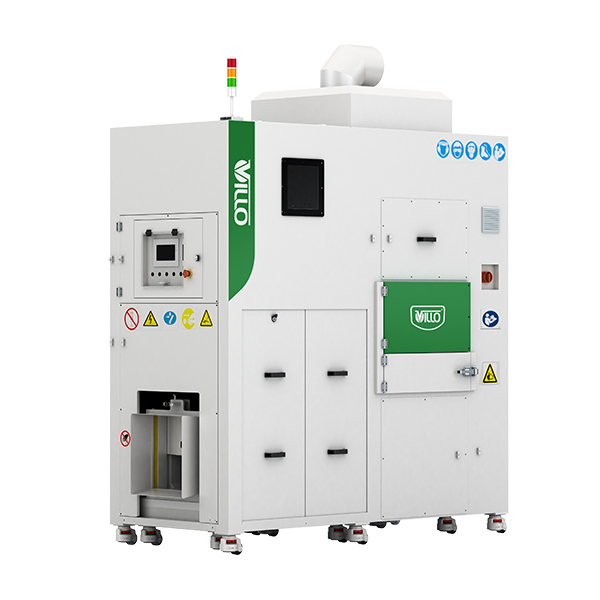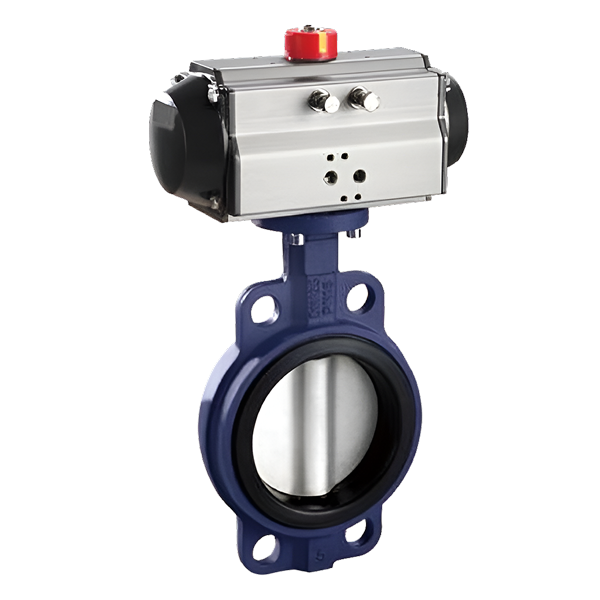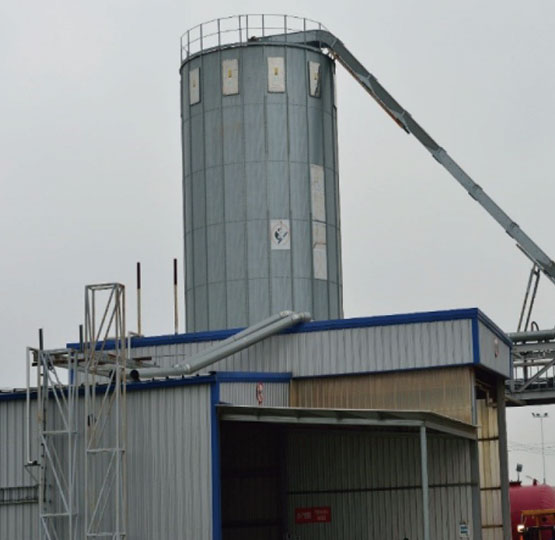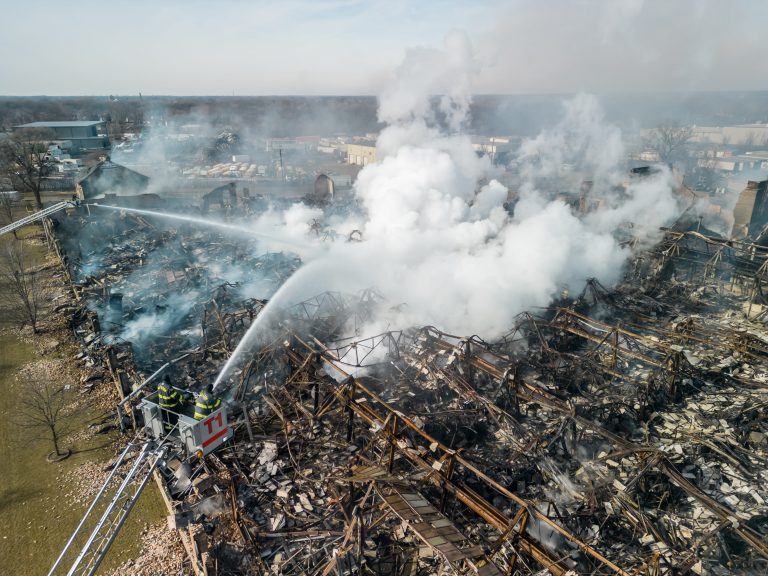In industrial environments where dust, fumes, and other combustible materials are common, an effective explosion isolation valve is essential to contain and prevent the spread of explosive events. As a core component of explosion isolation solutions, these valves detect and respond rapidly, providing critical protection for personnel, equipment, and facilities.
This article explores the differences between Passive and Active valves to help you determine which system best fits your operational needs.
What Does an Explosion Isolation Valve Do?
This type of explosion safety valve prevents explosive pressure from traveling between connected equipment or areas. These valves are typically installed in dust collection ducts, pipelines, or exhaust systems and can block flame fronts, pressure waves, and burning gases from moving downstream. Depending on the design, the valve may operate passively through mechanical activation or actively through sensor-based control.
How These Valves Improve Industrial Safety
As part of a larger explosion protection strategy, isolation valves are designed to detect an explosion's onset and isolate the affected area, thereby containing the blast and minimizing its impact.
These valves work by either remaining in a closed state until an explosion triggers them or actively responding based on specific operational conditions. The choice between passive and active systems depends on various factors, including the nature of the industrial process, safety requirements, and response time needed.
How Passive Valves Work
A passive valve functions purely through mechanical triggers, eliminating reliance on external systems. They are designed to automatically respond to overpressure caused by an explosion by opening or closing to isolate the affected section.
How They Work
Passive valves typically use mechanical or fusible elements that react to pressure changes. For instance:
- A burst diaphragm may rupture under excessive pressure, triggering the valve to open and release the pressure.
- Spring-loaded mechanisms can snap the valve shut when a predefined pressure threshold is exceeded.
Features
- Simplicity: With fewer components, passive valves are straightforward and easier to maintain.
- Reliability: The lack of moving parts or electronic components reduces the chances of malfunction.
- Immediate Response: These valves act instantly upon detecting overpressure, providing rapid isolation.
Pros and Cons
| Pros | Cons |
|---|---|
| Cost-Effective: Generally less expensive due to their simplicity. | Limited Control: Lack of adjustability and precision in response. |
| Low Maintenance: Fewer parts mean fewer points of failure. | Single Function: Typically designed to perform one specific action during an explosion. |
| Energy Independent: Function without external power sources. | Potential for Overreaction: May activate unnecessarily due to transient pressure spikes. |
Suitable Applications
Passive valves are ideal for applications where simplicity and reliability are crucial. Industries with established safety protocols and environments where power sources are unreliable benefit the most from passive systems. Examples include:
- Traditional manufacturing processes
- Facilities with minimal automated control systems
- Chemical processing plants with stable operational parameters
How Active Valves Work
Active Explosion Isolation Valves rely on external power sources and control systems to monitor and respond to explosion threats. These valves use advanced sensors and actuators to manage the isolation process dynamically.
How They Work
This sensor-triggered isolation device plays a vital role within an automated explosion protection system equipped with sensors that detect early signs of an explosion, such as heat, pressure, or chemical changes. Upon detection, the system sends a signal to the valve actuator, which then opens or closes the valve as needed to contain the explosion.
Features
- Advanced Sensing: Utilizes multiple sensors for accurate detection.
- Programmable Responses: Ability to adjust settings based on specific requirements.
- Integration Capabilities: Can be incorporated into automated safety systems for coordinated responses.
Pros and Cons
| Pros | Cons |
|---|---|
| Precision: Offers more accurate and controlled responses to explosion threats. | Higher Cost: More complex systems require greater investment. |
| Flexibility: Can be tailored to different scenarios and adjusted as needed. | Maintenance Intensive: More components increase the need for regular checks and upkeep. |
| Enhanced Monitoring: Provides real-time data and status updates for better safety management. | Dependency on Power: Relies on external power sources, which may be a vulnerability during an explosion. |
Suitable Applications
Active valves are suitable for modern, automated industrial environments where advanced safety measures are in place. Industries that benefit include:
- Lithium Battery Manufacturing: High-risk processes requiring precise control.
- 3D Printing: Environments with variable operational conditions.
- Metalworking: Facilities with complex and high-energy processes.
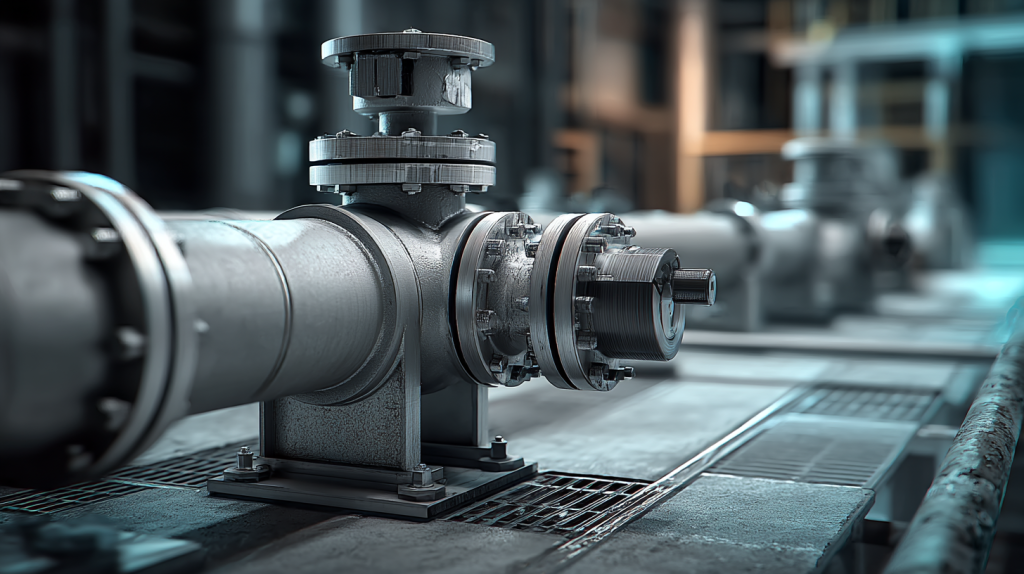
Key Differences Between Passive and Active Valves
Understanding the primary distinctions between passive and active explosion isolation valves is crucial for selecting the appropriate system for your needs.
| Feature | Passive Valves | Active Valves |
|---|---|---|
| Operational Mechanism | Mechanically driven; act independently | Depend on external power and control systems |
| Response Time | Immediate upon pressure change | Requires detection and signal processing |
| Cost | Generally lower due to simpler design | Higher due to advanced components |
| Maintenance | Low maintenance needs | More maintenance-intensive |
| Control and Flexibility | Limited control and fixed responses | High precision and customizable responses |
| Power Dependency | Energy independent | Dependent on external power sources |
| Integration | Less suited for automated systems | Easily integrates with modern safety systems |
Choosing the Right Valve for Your Needs
Selecting the appropriate components within your overall explosion isolation solutions depends on several factors related to your specific industrial setup:
- Complexity of Operations:
-Simple Processes: Passive valves may suffice.
-Complex Operations: Active systems offer adaptability. - Budget Constraints:
-Limited Budget: Passive valves provide an economical solution.
-Higher Investment Possible: Active valves offer enhanced features. - Safety Requirements:
-Standard Safety Needs: Passive valves are adequate.
-Stringent Safety Standards: Active valves provide precise control. - Environmental Conditions:
-Unreliable Power Supply: Passive valves are preferable.
-Stable Power Environment: Active valves can be effectively utilized. - Integration Needs:
-Basic Safety Systems: Passive valves fit well.
-Advanced Automation and Monitoring: Active valves integrate seamlessly.
Decision-Making Checklist
- Assess Operational Complexity: Determine if your processes require dynamic responses.
- Evaluate Budget: Consider both initial and long-term maintenance costs.
- Review Safety Standards: Align valve choice with industry safety regulations.
- Examine Power Reliability: Ensure the chosen system can operate effectively within your power infrastructure.
- Consider Future Expansion: Choose a system that can scale with your operational growth.
Implementation Considerations
When implementing explosion isolation valves, it's essential to conduct a thorough risk assessment to understand the specific hazards present in your environment. This assessment should guide the selection of appropriate valve types and configurations. Additionally, regular testing and maintenance are crucial to ensure that the valves perform as expected during an emergency.
Best Practices for Implementation
- Risk Assessment: Identify potential explosion sources and their impacts.
- System Design: Integrate valves into a comprehensive safety strategy.
- Regular Maintenance: Schedule routine inspections and tests to verify functionality.
- Training Programs: Educate personnel on valve operation and emergency procedures.
Training personnel on the operation and maintenance of these valves is also vital. Understanding how each valve type functions can help in making informed decisions during both routine operations and crisis situations.
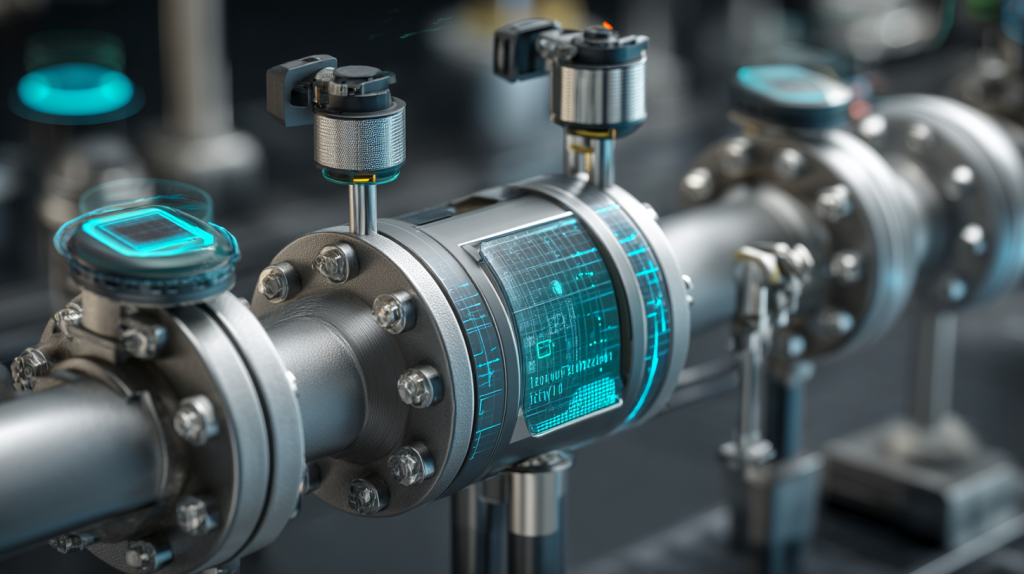
Future Trends in Explosion Isolation
The field of explosion protection is continually evolving, with advancements aimed at improving the reliability and responsiveness of isolation valves. Innovations such as smart sensors and IoT integration are enhancing the capabilities of active systems, allowing for more predictive and proactive safety measures. Additionally, advancements in materials and design are making passive valves more reliable and versatile, expanding their applicability across various industries.
Emerging Technologies
- Smart Sensors: Enable real-time monitoring and data analytics for better prediction and response.
- Internet of Things (IoT) Integration: Facilitates remote monitoring and centralized control of safety systems.
- Advanced Materials: Improve the durability and responsiveness of both passive and active valves.
- Automation Enhancements: Allow for seamless integration with automated industrial processes, enhancing overall safety.
Benefits of Emerging Technologies
- Increased Accuracy: Enhanced detection capabilities reduce false alarms.
- Proactive Safety Measures: Predictive analytics help prevent explosions before they occur.
- Enhanced Connectivity: Improved integration with other safety and operational systems.
- Scalability: Advanced systems can easily adapt to growing or changing industrial environments.
Conclusion
Both passive and active explosion isolation valves play vital roles in protecting industrial facilities from explosion hazards. Passive valves offer simplicity and reliability, while active systems provide advanced control and adaptability for more complex operations.
Choosing the right type of valve is key to building effective explosion isolation solutions. By evaluating factors such as process complexity, budget, safety standards, and system integration, businesses can enhance operational safety and reduce explosion risks.

